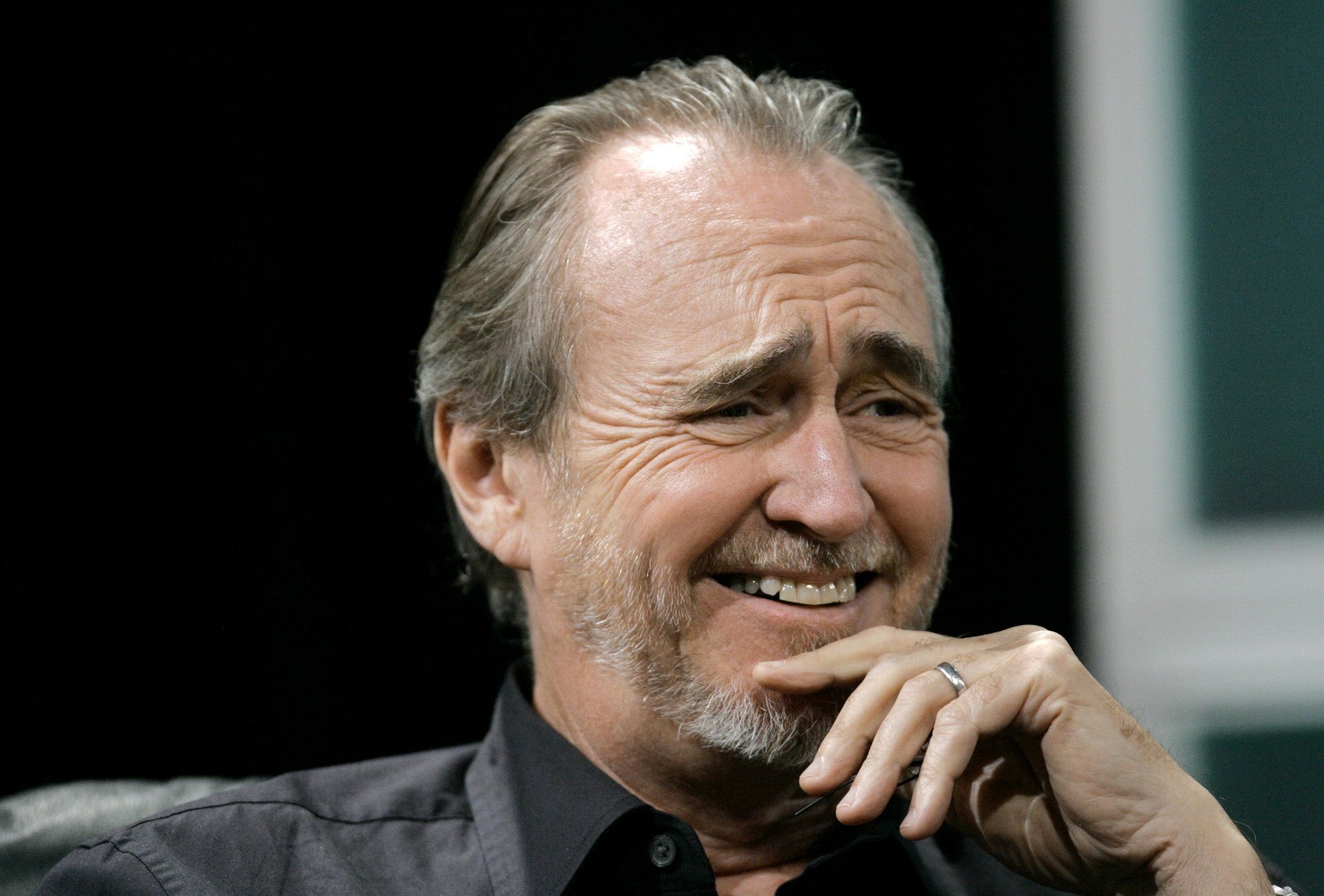Watch: The timeless terror of Wes Craven’s genre-defining slasher flicks
Wes Craven, famed director of horror movies, passed away on Sunday at the age of 76, following a battle against brain cancer. He was well known as one of the pioneers, and masters, of the slasher genre, which may have hit its peak in the US in the 1970s, but has never really gone away.


Wes Craven, famed director of horror movies, passed away on Sunday at the age of 76, following a battle against brain cancer. He was well known as one of the pioneers, and masters, of the slasher genre, which may have hit its peak in the US in the 1970s, but has never really gone away.
While Craven is best known for mainstream titles like Scream and A Nightmare on Elm Street, his roots lie in the 1970’s low-budget horror movie underground. His first feature as director was The Last House on the Left, a disturbing tale of two suburban high school girls who are kidnapped and raped by a group of escaped convicts. Roger Ebert praised the film for its stone-faced, nihilistic depiction of violence, which blurred the lines between art and exploitation. The film made $3 million on a budget of $87,000
Almost as famous as the film itself is its trailer, which urges viewers to calm themselves during moments of horror by repeating the mantra “It’s only a movie…”
Craven followed up Last House on the Left with The Hills Have Eyes, another low-budget horror film that became a cult classic. After directing two Hollywood titles that bombed, Craven caught his first mainstream break with A Nightmare on Elm Street, a film about a serial killer that slays victims by entering their dreams. In an oral history published by Vulture, Craven says he conceived of the film after reading a news clip about a young boy who died in the middle of a bad dream:
I’d read an article in the L.A. Times about a family who had escaped the Killing Fields in Cambodia and managed to get to the U.S. Things were fine, and then suddenly the young son was having very disturbing nightmares. He told his parents he was afraid that if he slept, the thing chasing him would get him, so he tried to stay awake for days at a time. When he finally fell asleep, his parents thought this crisis was over. Then they heard screams in the middle of the night. By the time they got to him, he was dead. He died in the middle of a nightmare. Here was a youngster having a vision of a horror that everyone older was denying. That became the central line of Nightmare on Elm Street.
A Nightmare on Elm Street entered the eighties pop-culture zeitgeist thanks to its fantastical take on the genre, as well as its memorable villain—the disfigured, sweater-wearing Freddy Krueger.
It spawned five sequels, one spinoff, and one remake, which collectively brought in $370 million in box office revenues.
The mid-to-late eighties saw Craven direct and produce another string of duds before finding success again in 1996 with Scream. The film injected fresh energy into the slasher genre by mixing the usual scare tactics with goofy self-awareness. Its opening scene, for example, balances camp with terror as Drew Barrymore realizes the sinister intentions of an unexpected phone caller.
It also upped the ante with its casting—whereas most slasher films featured unknown talent as victims, Scream starred actors that had already found fame among TV-addicted teenagers, like Neve Campbell of Party of Five and Courtney Cox of Friends.
The series was an enormous success, giving way to a four-film franchise that brought in $330 million. It also catapulted the teen slasher genre back to popularity, and spawned countless like-minded films.
Box-office wise, Craven dominated the genre. The first three Scream films remain the top-grossing slasher films of all time, almost twenty years after their release. Two other top-grossing slashers are spin-offs of Craven originals.
The slasher film genre fell out of favor again in recent years, to be replaced by supernatural, spooky-not-gory hits like The Ring in 2002, and more recently a deluge of zombie films. But given the cyclical nature of pop culture, it’s unlikely to be out for long.
Craven spent the last few years of his life in semi-retirement, which he described in a New York Times column as its own kind of horror movie (paywall). Appropriately, one of his most recent projects was producing a Scream TV series for MTV, just in time for a wave of nineties nostalgia. Craven’s fans don’t need a revival though, his work lives on in our nightmares.